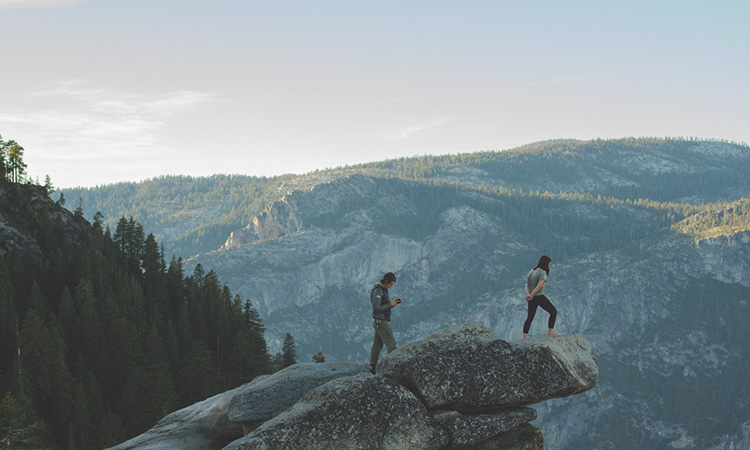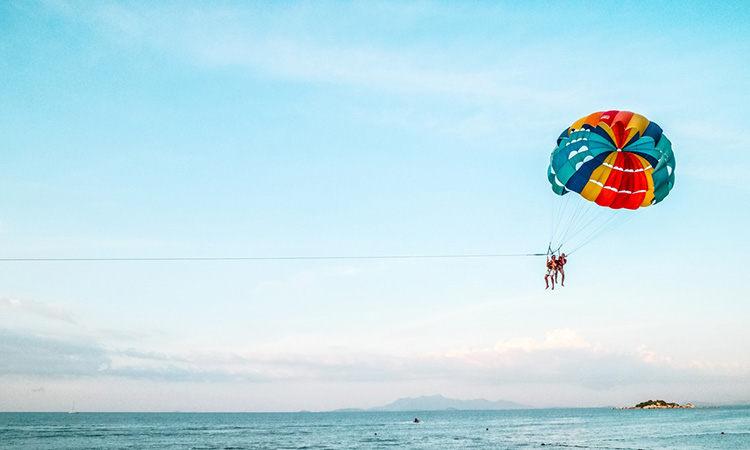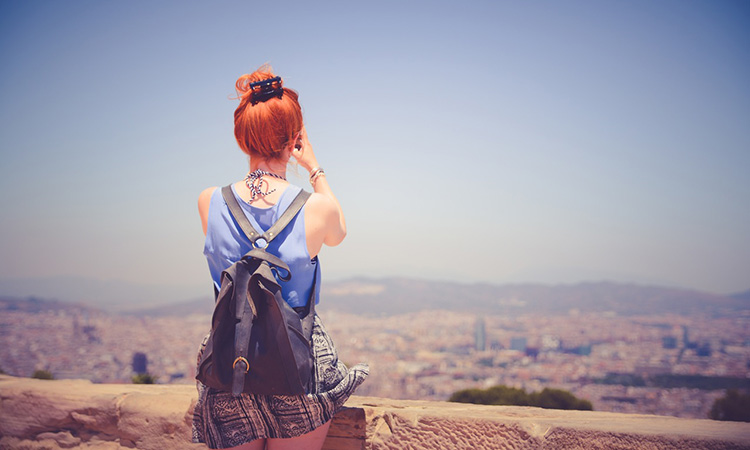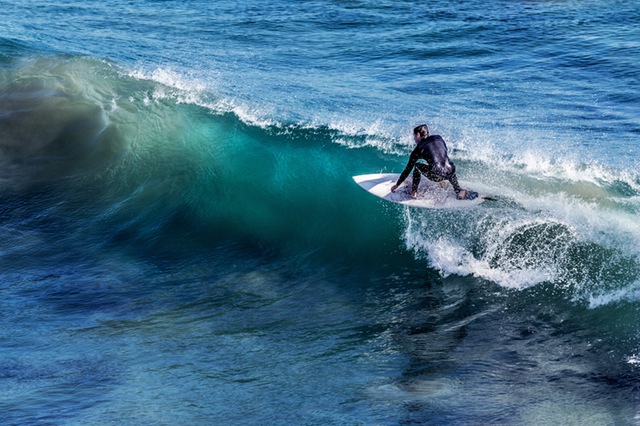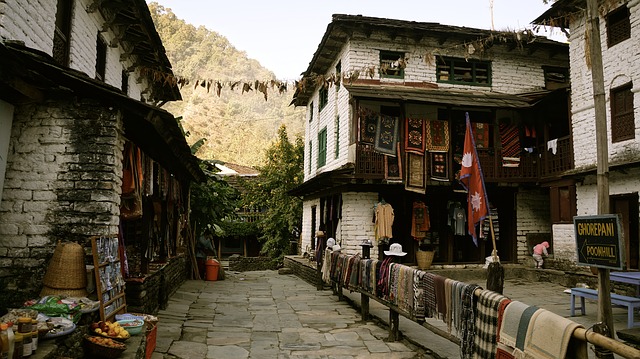Boating is the leisurely activity of travelling by boat, or the recreational use of a boat whether powerboats, sailboats, or man-powered vessels (such as rowing and paddle boats), focused on the travel itself, as well as sports activities, such as fishing or waterskiing. It is a popular activity, and there are millions of boaters worldwide.
The National Marine Manufacturers Association, the organization that establishes several of the standards that are commonly used in the marine industry in the United States, defines 32 types of boats, demonstrating the diversity of boat types and their specialization. In addition to those standards all boats employ the same basic principles of hydrodynamics.
As a child, we visited the San Juan Islands during the summer. Kayaking, big family meals, playing on the beach – great memories!
Zoe McLellan
Inflatable kayaks, made from lightweight fabric, can be deflated and easily transported and stored, and considered to be remarkably tough and durable compared to some hard-sided boats. There are many types of kayaks used in flat water and white water kayaking. The sizes and shapes vary drastically depending on what type of water to be paddled on and also what the paddler would like to do.

The second set of essentials for kayaking is an off-set paddle where the paddle blades are tilted to help reduce wind resistance while the other blade is being used in the water. These vary in length and also shape depending on the intended use, height of the paddler and often, the paddler’s preference. Kayaks should be equipped with one or more buoyancy aid which creates air space that helps prevent a kayak from sinking when filled with water; life jacket should be worn at all times, a helmet is also often required for most kayaking and is mandatory for white water kayaking.
Various other pieces of safety gear include: a whistle for signaling for help; throwing ropes to help rescue other kayakers; and, a diving knife and appropriate water shoes should used depending upon the risks the water and terrain pose. Proper clothing such as a dry suit, wet suit or spray top also help protect kayakers from cold water or air temperatures.





